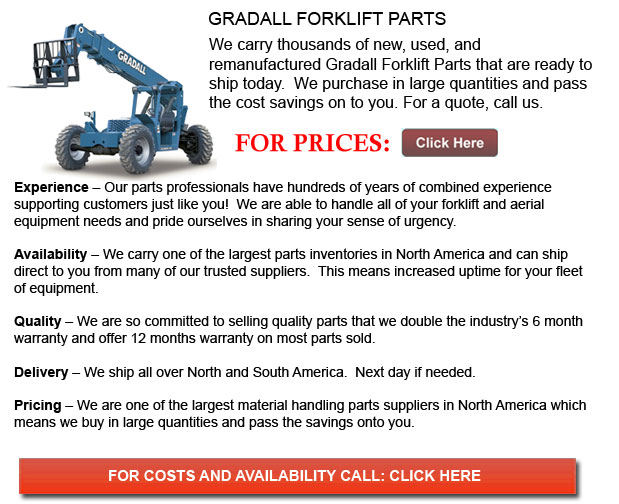
Gradall Forklift Parts - Throughout the time when World War II created a shortage of workers, the legendary Gradall excavator was founded in the 1940s as the idea of two brothers Ray and Koop Ferwerda. The brothers faced the problems of a depleted workforce because of the war. As partners in their Cleveland, Ohio construction company known as Ferwerda-Werba-Ferwerda they lacked the existing workers to carry out the delicate work of grading and finishing on their freeway projects. The Ferwerda brothers chose to make an equipment that would save their business by making the slope grading work easier, more efficient and less manual.
The first excavator prototype consisted of a machine with two industrial beams on a rotating platform fixed to a used truck. There was a telescopic cylinder which was used to move the beams back and forth. This allowed the fixed blade at the far end of the beams to pull or push the dirt. Soon enhancing the initial design, the brothers built a triangular boom to be able to add more strength. Moreover, they added a tilt cylinder which let the boom rotate 45 degrees in either direction. A cylinder was positioned at the rear of the boom, powering a long push rod to allow the equipment to be equipped with either a blade or a bucket attachment.
1992 marked a crucial year for Gradall with their launch of XL Series hydraulics, the most remarkable change in the company's excavators since their creation. These top-of-the-line hydraulics systems enabled Gradall excavators to deliver comparable power and high productivity on a realistic level to traditional excavators. The XL Series ended the original Gradall equipment power drawn from gear pumps and low pressure hydraulics. These traditional systems effectively handled grading and finishing work but had a difficult time competing for high productivity work.
Gradall's new XL Series excavators showed more ability to dig and lift materials. With this series, the models were made together with a piston pump, high-pressure system of hydraulics that showed distinct improvement in boom and bucket breakout forces. The XL Series hydraulics system was likewise developed along with a load-sensing capability. Conventional excavators utilize an operator to choose a working-mode; where the Gradall system could automatically adjust the hydraulic power meant for the work at hand. This makes the operator's overall work easier and even saves fuel simultaneously.
When their XL Series hydraulics came onto the market, Gradall was essentially thrust into the highly competitive market of machines designed to deal with pavement removal, excavation, demolition and various industrial tasks. Marketability was further improved with their telescoping boom because of its exclusive ability to work in low overhead areas and to better position attachments.
![]() Click to Download the pdf
Click to Download the pdf
Forklift Parts
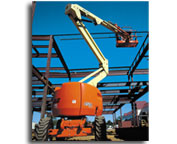
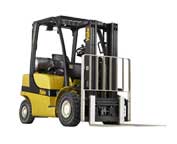
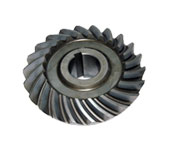
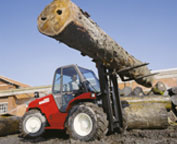
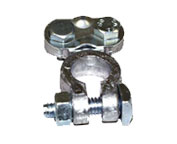
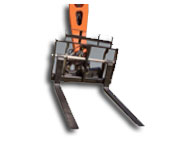
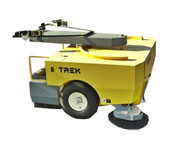
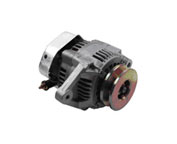
Lift Parts Express
TOLL FREE: 1-888-695-7994
forkliftpartsalabama.com
Email Us
About Us


